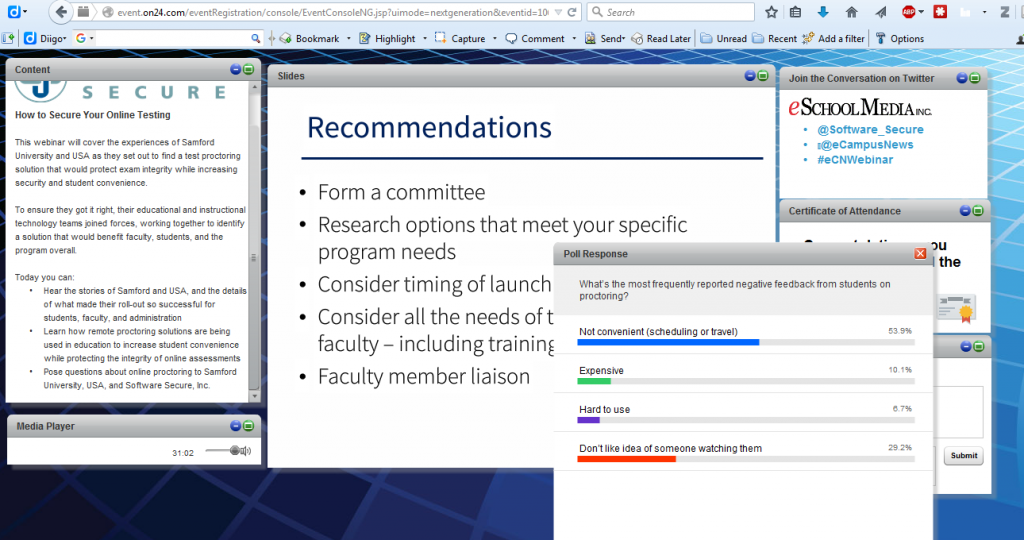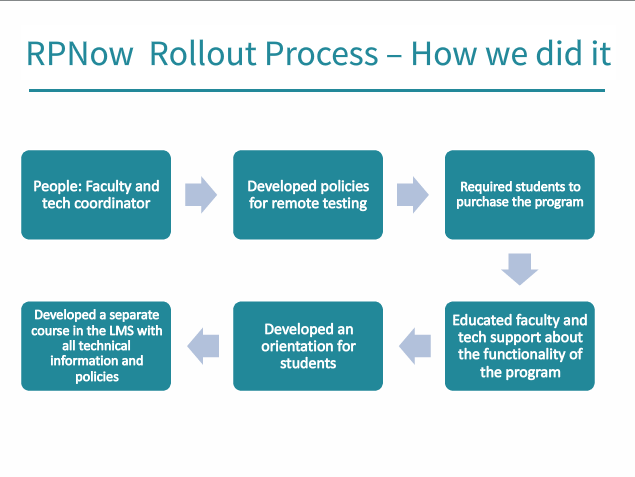Helping a psychology student from Edinburgh Napier with his essay:
To what extent have the new generation of psychodynamic psychoanalysts addressed the issues raised by the ferocious critiques of Freud’s work that have emerged?
Almond, R. (2006). How do we bridge the gap? Commentary on Luyten, Blatt, and Corveleyn. Journal of the American Psychoanalytic Association, 54(2), 611–618.
Ambrosio, J. (2010). A Fearsome Trap: The will to know, the obligation to confess, and the Freudian subject of desire. Educational Philosophy & Theory, 42(7), 728–741.
Appelbaum, J. (2013). Psychoanalysis and philosophy: Nurturing dialogues. The American Journal of Psychoanalysis, 73(2), 117–120.
Auxéméry, Y. (2015). « Névrose » et « Psychose »: Quelles définitions pour la psychiatrie contemporaine ? = “Neurosis” and “psychosis”: What definitions for contemporary psychiatry? Annales Médico-Psychologiques, 173(8), 643–648. http://doi.org/10.1016/j.amp.2014.12.015
Brookes, C. E. (2015). Review of From classical to contemporary psychoanalysis: A critique and integration. Psychodynamic Psychiatry, 43(4), 507–512.
Cohen, J. (2007). Interdisciplinary Psychoanalysis and the Education of Children: Psychoanalytic and Educational Partnerships. Psychoanalytic Study of the Child, 62, 180–207.
Cooper-White, P. (2002). “Higher Powers and Infernal Regions”: Models of Mind in Freud’s Interpretation of Dreams and Contemporary Psychoanalysis, and Their Implications for Pastoral Theology. Pastoral Psychology, 50(5), 319–343.
Cooper-White, P. (2014). Review of Psychoanalysis, monotheism and morality: The Sigmund Freud Museum Symposia, 2009–2011. Journal of the American Psychoanalytic Association, 62(6), 1163–1170. http://doi.org/10.1177/0003065114558924
Cortina, M. (2012). Review of Psychoanalysis and motivational systems. A new look. Psychodynamic Psychiatry, 40(2), 357–364.
Daldin, H. (1988). The fate of the sexually abused child. Clinical Social Work Journal, 16(1), 22–32.
Dimen, M. (2014). Inside the Revolution: Power, Sex, and Technique in Freud’s “‘Wild’ Analysis”. Psychoanalytic Dialogues, 24(5), 499–515.
Eckardt, M. H. (2003). Evolution of psychoanalysis. Journal of the American Academy of Psychoanalysis, 31(4), 726–728.
Eliman, S. J. (2005). Rothstein as a Self and Object Freudian. Psychoanalytic Dialogues, 15(3), 459–471.
Friedman, N. (1976). From the experiential in therapy to experiential psychotherapy: A history. Psychotherapy: Theory, Research & Practice, 13(3), 236–243. http://doi.org/10.1037/h0088347
Golding, R. (1982). Freud, psychoanalysis, and sociology: some observations on the sociological analysis of the individual. British Journal of Sociology, 33(4), 545–562.
Gordon, P. (2014). Radical analyses? Psychodynamic Practice, 20(1), 68–74.
Granqvist, P. (2006). On the relation between secular and divine relationships: An emerging attachment perspective and a critique of the “depth” approaches. International Journal for the Psychology of Religion, 16(1), 1–18. http://doi.org/10.1207/s15327582ijpr1601_1
Greenwood, D. (2010). Embracing the “allegiance effect” as a positive quality in research into the psychological therapies-exploring the concept of “influence”. European Journal of Psychotherapy & Counselling, 12(1), 41–54.
Hansen, I. A. (2007). Buddhist Influences on the Idea of the Unconscious. Psychological Perspectives, 50(2), 181–197.
Jeffrey M JJ Jackson. (2008). Philosophy as Melancholia: Freud, Kant, Foucault. Psychoanalysis, Culture & Society, 13(3), 299–315.
Jones, G. Y. (1999). “Beyond the Oedipal Complex”: Freud and Lacan revisited. Psychodynamic Counselling, 5(4), 453.
Kerr, J. (2012). Review of From classical to contemporary psychoanalysis: A critique and integration. Psychoanalytic Review, 99(5), 785–792.
Knoblauch, S. H. (2005). Body Rhythms and the Unconscious: Toward an Expanding of Clinical Attention. Psychoanalytic Dialogues, 15(6), 807–827.
Kronemyer, D. E. (2011). Freud’s Illusion: New Approaches to Intractable Issues. International Journal for the Psychology of Religion, 21(4), 249–275.
Kruger, L.-M. (2006). A tribute to 150 years of Sigmund Freud: Not mastering the mind: Freud and the “Forgotten Material” of Psychology. Psycho-Analytic Psychotherapy in South Africa, 14(2), 1–12.
Lee, N.-N. (2014). Sublimated or castrated psychoanalysis? Adorno’s critique of the revisionist psychoanalysis: An introduction to “The Revisionist Psychoanalysis”. Philosophy & Social Criticism, 40(3), 309–338.
Lenthall, A. (2007). Review of Psychotherapy and phenomenology: On Freud, Husserl and Heidegger. Psychodynamic Practice: Individuals, Groups and Organisations, 13(4), 423–427. http://doi.org/10.1080/14753630701609939
Lothane, Z. (2006). Freud’s legacy–is it still with us? Psychoanalytic Psychology, 23(2), 285–301. http://doi.org/10.1037/0736-9735.23.2.285
Metcalf, R. (2000). THE TRUTH OF SHAME-CONSCIOUSNESS IN FREUD AND PHENOMENOLOGY. Journal of Phenomenological Psychology, 31(1), 1–18.
Mook, B. (2007). Review of Psychotherapy and phenomenology. The Humanistic Psychologist, 35(4), 401–403. http://doi.org/10.1080/08873260701593417
Moyaert, P. (2013). The Death Drive and the Nucleus of the Ego: An Introduction to Freudian Metaphysics. Southern Journal of Philosophy, 51, 94–119.
Noys, B. (2009). Revolution in Psychology: Alienation to Emancipation The Lacanian Left: Psychoanalysis, Theory, and Politics. Historical Materialism, 17(1), 183–190.
Palombo, J. (2013). The Self As a Complex Adaptive System Part I: Complexity, Metapsychology, and Developmental Theories. Psychoanalytic Social Work, 20(1), 1–25.
Pavón-Cuéllar, D. (2014). The Freudo-Marxist Tradition and the Critique of Psychotherapeutic Ideology. Psychotherapy & Politics International, 12(3), 208–219.
Pedroni, I. (2015). Finding New Ways of Belonging Through Religious Experience in the Framework of a Therapeutic Encounter. International Journal of Psychoanalytic Self Psychology, 10(4), 343–354.
Price, M. (1995). The illusion of theory: Discussion of R. D. Chessick’s “Poststructural psychoanalysis or wild analysis?.” Journal of the American Academy of Psychoanalysis, 23(1), 63–70.
Robinson, P. (1985). FREUD UNDER SIEGE. Halcyone (01986449), 7, 1–15.
Rogers, R. (1989). Review of The Psychotic Core. Psychoanalytic Psychology, 6(3), 367–373. http://doi.org/10.1037/h0079741
Samuels, R. (1998). Passing beyond ego psychology: Freud, Lacan and the end of analysis. Clinical Studies: International Journal of Psychoanalysis, 4(1), 93–104.
Schafer, R. (1970). Requirements for a critique of the theory of catharsis. Journal of Consulting and Clinical Psychology, 35(1, Pt.1), 13–17. http://doi.org/10.1037/h0029613
Schafer, R. (1975). Psychoanalysis without psychodynamics. The International Journal of Psychoanalysis, 56(1), 41–55.
Shafranske, E. P. (1992). A Psychoanalytic Response to Hood. International Journal for the Psychology of Religion, 2(3), 161.
SHILL, M. (2011). Intersubjectivity and the Ego. Psychoanalytic Social Work, 18(1), 1–22.
Thomas, A. (2007). Practical Irrationality, Reflexivity and Sartre’s Regress Argument. Teorema, 26(3), 113–121.
Tillman, J. G. (1998). Psychodynamic psychotherapy, religious beliefs, and self-disclosure. American Journal of Psychotherapy, 52(3), 273.
Wax, M. L. (1995). Method as Madness: Science, hermeneutics, and art in psychoanalysis. Journal of the American Academy of Psychoanalysis, 23(4), 525–543.
Webster, J. (2013). Critique and cure: A dream of uniting psychoanalysis and philosophy. The American Journal of Psychoanalysis, 73(2), 138–157. http://doi.org/10.1057/ajp.2013.1
Weinberger, J., & Westen, D. (2001). Science and psychodynamics: From arguments about Freud to data. Psychological Inquiry, 12(3), 129–132. http://doi.org/10.1207/S15327965PLI1203_02
Zepf, S. (2012). Repression and Substitutive Formation: The Relationship Between Freud’s Concepts Reconsidered. Psychoanalytic Review, 99(3), 397–420.
Zepf, S. (2013). Abwehr, Verdrängung und Ersatzbildung: Die Beziehung zwischen Freuds Konzepten neu organisiert. Defence, Repression and Substitutive Formation: The Relationship between Freud’s Reorganized Concepts, 29(4), 499–515.
Full Text Available
By: Freeman, Tabitha. Studies in Gender & Sexuality. Spring2008, Vol. 9 Issue 2, p113-139. 27p. DOI: 10.1080/15240650801935156., Database: EBSCO MegaFILE
Subjects: ESSAY (Literary form); PSYCHOANALYSIS; FATHERHOOD; OEDIPUS complex; PARENT & child; FATHER & child; PATRILINEAL kinship
Add to folder
Join us next Tuesday, November 10th from 12:00 PM to 1:00 PM, for a special SIG Series webinar: Tales from the National Forum on Active Learning Classrooms
The WSU Learning Spaces Team attended the National Forum on Active Learning Classrooms at the University of Minnesota – Twin Cities this summer and learned a lot. With topics ranging from picking whiteboards to better integrating classroom design into your campus strategic planning efforts, the conference was a treasure trove of good practices, pictures of cool new classrooms, links to useful information, and pro tips. Join us as we share what we learned at this amazing gathering. If you didn’t get a chance to go, this session will be a great opportunity to zoom in on the highlights. If you went, we would love to compare notes!
Ken Graetz, Tom Hill, Stephanie Stango, Dave Burman, and Eric Wright are all part of the Winona State University Learning Spaces Team and members of the Teaching, Learning, and Technology Services unit of Information Technology Services. They attended the National Forum as a team this summer and were able to cover almost all of the sessions. Each brings a unique perspective to the discussion, from under-the-hood classroom systems design and configuration to instructional design and pedagogical strategies.
Register for the webinar at http://www.eventbrite.com/o/minnesota-online-quality-initiative-7290950883. Please forward this on to anyone on your campus who might be interested.
Link to the Virtual Room:
https://moqi.zoom.us/j/672493176
Or join by phone:
+1 646 568 7788 (US Toll) or +1 415 762 9988 (US Toll)
Meeting ID: 672 493 176
FlexSpace. flexspace.org
CCUMC Leadership in Media and Academic Technology. http://www.ccumc.org
EduCause learning space rating system.
http://www.educause.edu/eli/initiatives/learning-space-rating-system
McGill Principles for Designing of Teaching and Learning Spaces has rubric
most useful technology in an ALC appears to be the whiteboard.
Whiteboards are also very glitchy. Projecting my tablet or laptop is just as effective–with less glitches
evidence that students are reluctant to engage in active learning.
the U has done work, but the “Canadians have the process”
the support faculty gets from technicians: two week in the beginning of the semester in a new classroom.
what is the most important goal of your college education and therefore of this course: a. inquiring information b. learning how to sue information and knowledge in anew situation c. developing skills to continue learning after college
- creativity
- computer skills
- GPA cutoff above 3.0
- problem solving skills
- teamwork skills
- verbal communication
- written communication skills
GigaPan.com instructor will have students use in classes to identify problems engaging in a virtual field trip. student engagement
design thinking
wikispaces as GOogle docs, MS Word 16, work collaboratively
not group, but team. team work very important
take what we learned in ALCs to traditional large lecture halls
blending the formal with the informal (including outdoors)
connecting ALCs together across distance
thinking about gear (raised floors, smart kapp boards) http://smartkapp.com/


